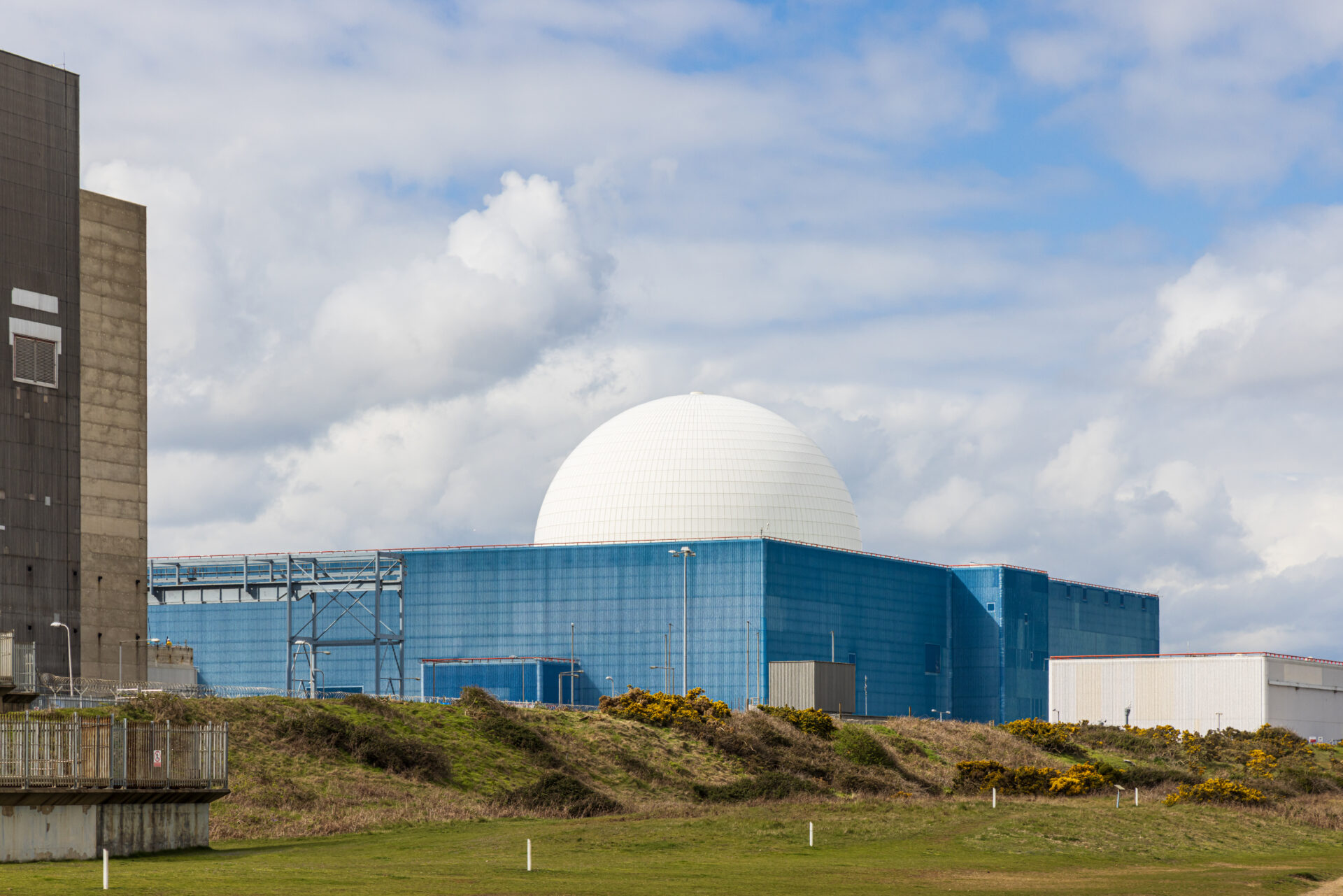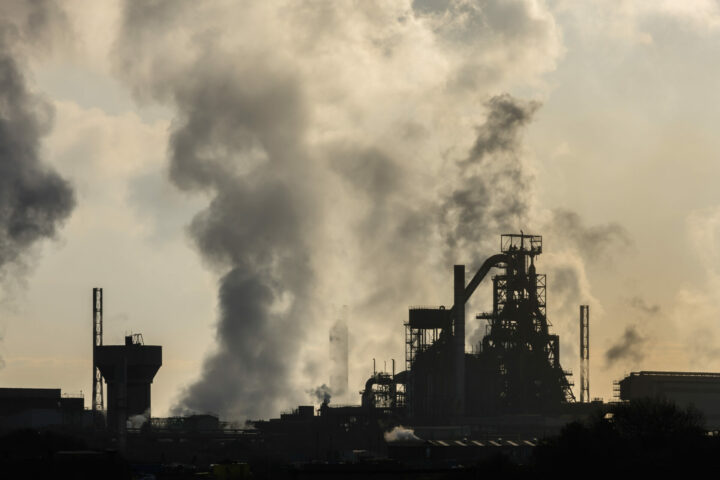The economic impact of the UK’s eight operational nuclear power stations has been quantified in a new report by Economic Insight, revealing a £123bn contribution to the economy over their lifetimes. The report also underscores the environmental benefits of nuclear energy, with 1.1bn tonnes of carbon emissions avoided through their zero-carbon electricity generation.
The £123bn total, referred to as Gross Value Added (GVA), includes the direct value of power production and staff wages, indirect impacts from supply chain investment, and induced benefits from local spending. The analysis shows that Heysham’s two power stations have contributed £30bn since the 1980s, while Torness in Scotland has added over £16bn.
Dr Mark Hartley, managing director of EDF’s nuclear operations business, said: “Nuclear power stations do not just produce zero-carbon electricity, they have supported tens of thousands of livelihoods for decades. This is the first time the economic impact of the operating phase of the fleet has been analysed in this way. Seeing how the combined value of the power, jobs and supply chain spend adds up over time really helps to throw into sharp relief the positive impact that these facilities have on economic growth. The investment made in these stations over nearly 50 years has paid dividends, and will continue to do so, not just for the people working and living close to the stations but also the millions who benefit from the zero-carbon electricity they produce.”
The report found that the fleet supports 31,000 jobs annually, including 5,000 directly employed by EDF and the rest through supply chain and other impacts. For every EDF job, 5.3 additional UK jobs are supported. More than 90% of the supply chain spending during operations remains in the UK, involving around 1,500 domestic companies.
Greig Elliot, fuel route manager at Torness power station and part of a family with three generations in the nuclear industry, said: “The nuclear industry has supported my family for more than forty years. My grandfather worked at the site during construction, my father also started on construction the week I was born, I have been working here for more than 27 years. I have seen first-hand the benefits that nuclear can bring to areas like East Lothian and the Scottish Borders and I am proud to be part of that.”
The report also updates how carbon savings are calculated, accounting for the historical energy mix dominated by coal rather than gas alone. This methodology highlights the fleet’s generation of 2,126TWh of electricity, equivalent to avoiding 16 years of UK car emissions.
Madeleine Matos of Economic Insight said: “Our work demonstrates the high value the nuclear power stations add, both in terms of their operations and the wider impact on the UK economy through supply chains and employment, as well as their large environmental contributions. Additionally, as the designs of the nuclear power stations evolved, we can also see how much more efficient and productive they have become, thus contributing further and more to clean energy ambitions, beyond their broader economic contributions to the UK economy and jobs market.”
EDF’s latest annual fleet stakeholder update confirms steady output of 37.3TWh in 2024, with plans to sustain that level until 2027. EDF also extended the lifespan of four AGR stations and advanced its defueling commitments under a government contract.

















